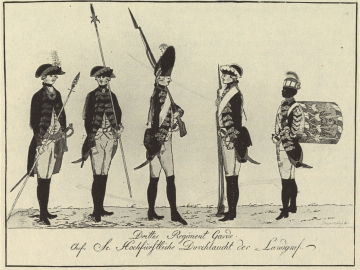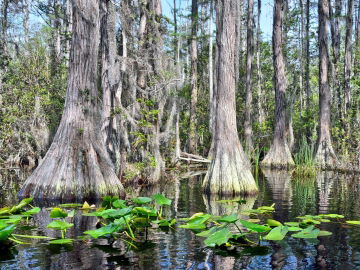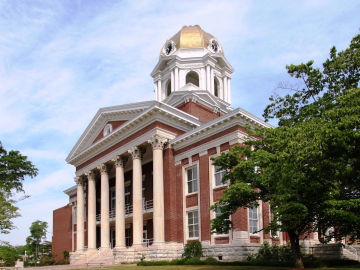Georgia Studies
Eighth Grade
In eighth grade, students study Georgia geography, history, government, and economics. While the four strands are interwoven, ample opportunity is also provided for in-depth study of the geography of Georgia and the government of Georgia. U.S. historical events are included, as appropriate, to ensure students understand Georgia’s role in the history of the United States.
See also:
Complete list of Eighth Grade: Georgia Studies Standards of Excellence is available from the Georgia Department of Education.
Historical Understandings
-
SS8H1
Evaluate the impact of European exploration and settlement on American Indians in Georgia.
-
SS8H2
Analyze the colonial period of Georgia’s history.
-
SS8H3
Analyze the role of Georgia in the American Revolutionary Era.
-
SS8H4
Explain significant factors that affected westward expansion in Georgia between 1789 and 1840.
-
SS8H5
Analyze the impact of the Civil War on Georgia.
-
SS8H6
Analyze the impact of Reconstruction on Georgia.
-
SS8H7
Evaluate key political, social, and economic changes that occurred in Georgia during the New South Era.
-
SS8H8
Analyze Georgia’s participation in important events that occurred from World War I through the Great Depression.
-
SS8H9
Describe the role of Georgia in WWII.
-
SS8H10
Evaluate key post-World War II developments in Georgia.
-
SS8H11
Evaluate the role of Georgia in the modern civil rights movement.
-
SS8H12
Explain the importance of development in Georgia since the late 20th century.
Government / Civic Understandings
-
SS8CG1
Describe the foundations of Georgia’s government.
-
SS8CG2
Analyze the role of the legislative branch in Georgia.
-
SS8CG3
Analyze the role of the executive branch in Georgia state government.
-
SS8CG4
Analyze the role of the judicial branch in Georgia state government.
-
SS8CG6
Analyze the role of local governments in the state of Georgia.













































